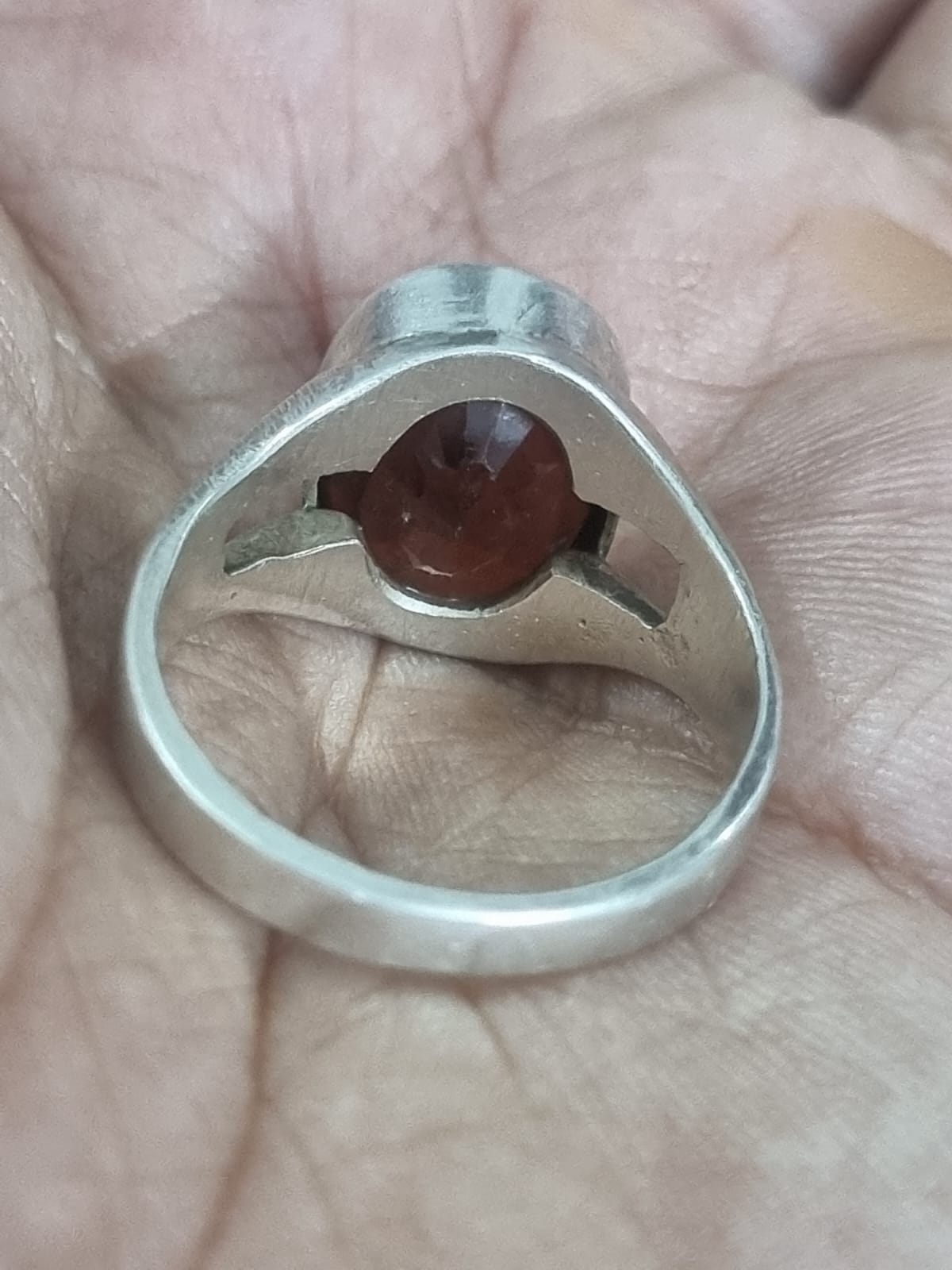Everything You Need to Know About Keshi Pearls

Everything You Need to Know About Keshi Pearls: Rarity, Value, and What Makes Them Special
Introduction:
Keshi Pearls are unique gems that stand out in the world of pearls due to their exceptional beauty and distinct characteristics. But what exactly are Keshi Pearls? Are they rare, and how expensive are they compared to other types of pearls? In this blog post, we’ll dive deep into the fascinating world of Keshi Pearls, exploring their origins, features, rarity, and value, providing you with everything you need to know.
1. What Are Keshi Pearls?
Keshi Pearls are a type of non-nucleated pearl, meaning they form without a solid core or bead inside the oyster or mollusk. The word "Keshi" comes from the Japanese word for "poppy seed," reflecting the small size that many of these pearls tend to have. However, Keshi Pearls can vary in size and are often admired for their irregular shapes, high luster, and unique appeal.
a. Formation Process:
- Keshi Pearls are a byproduct of the pearl cultivation process. They occur when the oyster or mollusk rejects or loses the implanted nucleus (the bead) used in cultured pearl farming but continues to secrete nacre, resulting in a pearl made entirely of nacre. This process gives Keshi Pearls their beautiful luster and unique shape.
b. Appearance:
- One of the most distinctive features of Keshi Pearls is their irregular, often baroque shapes. Unlike traditional round pearls, Keshi Pearls can be found in a variety of forms, making each pearl one-of-a-kind. Their all-nacre composition gives them a stunning luster, often brighter and more reflective than other types of pearls.
c. Colors:
- Keshi Pearls come in a wide range of colors, depending on the type of mollusk and the environment in which they form. Common colors include white, silver, grey, black, and even shades of blue, green, and pink.

2. Are Keshi Pearls Rare?
Yes, Keshi Pearls are considered rare, particularly because their occurrence is unpredictable. While they are a byproduct of the cultured pearl industry, their formation is not guaranteed, making each Keshi Pearl a unique and treasured find.
a. Decline in Availability:
- The production of Keshi Pearls has decreased over time due to changes in pearl farming techniques. Modern pearl cultivation methods are designed to minimize the likelihood of Keshi formation, as the industry often prioritizes producing round, nucleated pearls. This has led to a decline in the availability of Keshi Pearls, increasing their rarity and desirability.
b. Varieties of Keshi Pearls:
- Keshi Pearls can be found in different types of oysters, leading to variations such as Akoya Keshi, South Sea Keshi, and Tahitian Keshi. Each variety has its unique characteristics, but all share the rarity and high luster that define Keshi Pearls.
3. Are Keshi Pearls Expensive?
The value of Keshi Pearls varies widely depending on factors such as size, luster, color, and overall quality. However, due to their rarity and unique characteristics, Keshi Pearls are generally more expensive than standard cultured pearls.
a. Factors Influencing Price:
- Size: Larger Keshi Pearls are rarer and therefore more valuable.
- Luster: The bright, reflective luster of Keshi Pearls is a significant factor in their price. Pearls with higher luster command higher prices.
- Shape: While Keshi Pearls are often irregular, certain shapes may be more desirable and thus more expensive.
- Color: Unique or rare colors, especially those with strong overtones, can increase a Keshi Pearl’s value.
b. Market Demand:
- The demand for Keshi Pearls among collectors and jewelry enthusiasts contributes to their price. Their distinct beauty and rarity make them a sought-after choice for unique and high-end jewelry pieces.
c. Comparison with Other Pearls:
- Compared to standard cultured pearls, Keshi Pearls often fetch higher prices due to their 100% nacre composition and exceptional luster. While they might not reach the same price levels as rare natural pearls, their value in the market is substantial.

4. Why Choose Keshi Pearls?
Keshi Pearls are an excellent choice for those looking for something unique, elegant, and truly special. Their organic shapes and shimmering luster make them ideal for creating statement jewelry that stands out.
a. Unique Aesthetic:
- The irregular shapes and vibrant luster of Keshi Pearls make them perfect for those who appreciate non-traditional beauty. No two Keshi Pearls are exactly alike, offering a one-of-a-kind aesthetic that can’t be replicated.
b. Ethical and Sustainable:
- Keshi Pearls are often considered a more sustainable option compared to other pearls, as they are a byproduct of pearl farming rather than the primary focus. Choosing Keshi Pearls can be a way to support sustainable practices in the pearl industry.
c. Versatility in Jewelry:
- Keshi Pearls can be used in a wide range of jewelry designs, from simple pendants and earrings to intricate necklaces and bracelets. Their versatility and unique appearance make them a favorite among jewelry designers and wearers alike.
Final Thoughts:
Keshi Pearls are a rare and beautiful treasure in the world of pearls, offering a unique blend of natural beauty, rarity, and value. Whether you’re a collector, a jewelry enthusiast, or someone looking for a special piece, Keshi Pearls are an excellent choice that stands out from the crowd. Their distinct characteristics and limited availability make them a highly sought-after gem, and their story of formation adds an extra layer of intrigue and allure.
You can also buy authentic Keshi pearls at Vedic Crystals website
---------
Also you can buy high quality gemstones of various ratti at affordable prices from Vedic Crystals
For more information about Vedic Crystals and our range of gemstones and rudraksha beads, visit Vedic Crystals website or contact us at contactus@vediccrystals.com/ +91-9811809967 (Whatsapp).
Also if you found this article useful , please share it with someone who might need it.
Moreover, in case you want a additional 5% discount coupon on our entire range of gemstones and Rudraksha : Please comment "Interested" below.

































